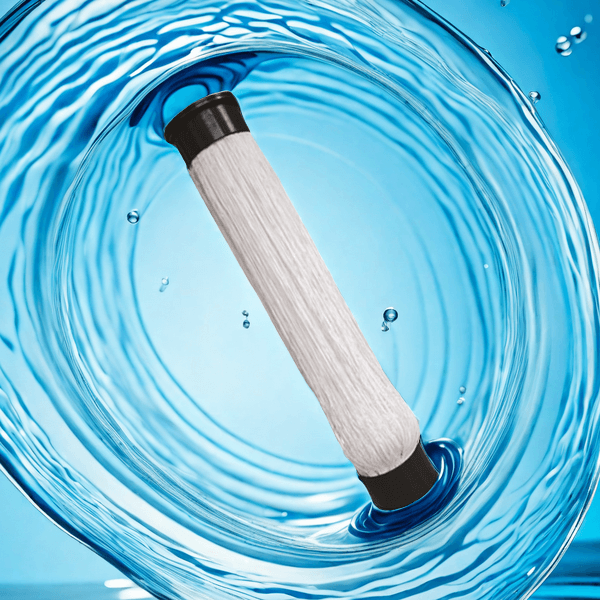Technical Methods for Low Concentration COD Wastewater Treatment Engineering
Low concentration COD (Chemical Oxygen Demand) wastewater is often encountered in industrial production and urban sewage treatment processes. Although the COD concentration of this type of wastewater is not high, if not properly treated, it can still have a certain impact on the environment. Therefore, it is particularly important to adopt appropriate process technology methods to treat low concentration COD wastewater.
1、 The necessity of treating low concentration COD wastewater
Low concentration COD wastewater usually comes from the effluent of various industrial processes and urban sewage treatment plants. Although its COD concentration is relatively low, long-term discharge may still cause pollution to water bodies, affecting aquatic organisms and the ecological environment. Therefore, effective treatment of such wastewater is an important measure to protect water resources and the environment.
2、 Technical methods for treating low concentration COD wastewater
Biological contact oxidation method: This is a method that utilizes the biofilm formed by microorganisms on the surface of solid fillers to degrade organic matter. By increasing the contact area between wastewater and biofilm, the removal efficiency of organic matter can be improved. This method is suitable for treating low concentration COD wastewater and has the advantages of good treatment effect and stable operation.

Activated carbon adsorption method: Utilizing the high adsorption performance of activated carbon to remove organic matter from wastewater. Activated carbon has a huge specific surface area and rich microporous structure, which can effectively adsorb low concentration organic matter in wastewater. But activated carbon needs to be regularly regenerated or replaced to ensure its adsorption performance.
Advanced oxidation technology: such as ozone oxidation, Fenton oxidation, etc., oxidize organic matter into low toxic or non-toxic substances through strong oxidants. These technologies are suitable for treating recalcitrant organic compounds, but their operating costs are relatively high.
Artificial wetland technology: By simulating the natural wetland environment, the comprehensive effects of plants, microorganisms, and substrates are utilized to remove organic matter from wastewater. Artificial wetland technology has the advantages of low investment, low operating costs, and good ecological and environmental benefits, making it suitable for treating low concentration COD wastewater.
3、 Process selection and optimization
When choosing a low concentration COD wastewater treatment process, it is necessary to comprehensively consider factors such as water quality, quantity, treatment effect, and operating cost of the wastewater. For specific wastewater, combined processes such as biological contact oxidation and activated carbon adsorption can be used to improve treatment efficiency. In addition, regular maintenance and optimization of the processing system to ensure the normal operation of the equipment is also key to improving processing efficiency.
